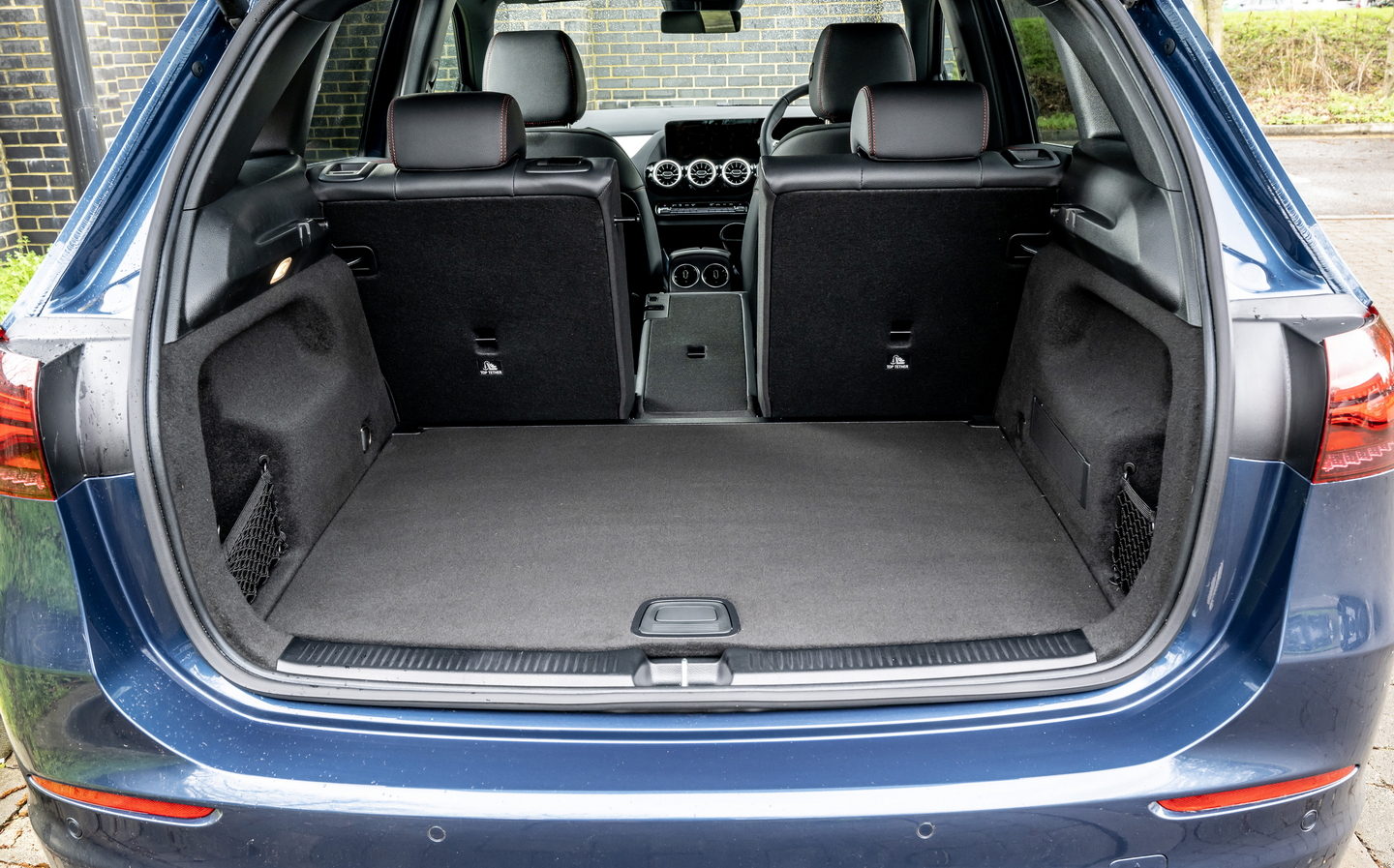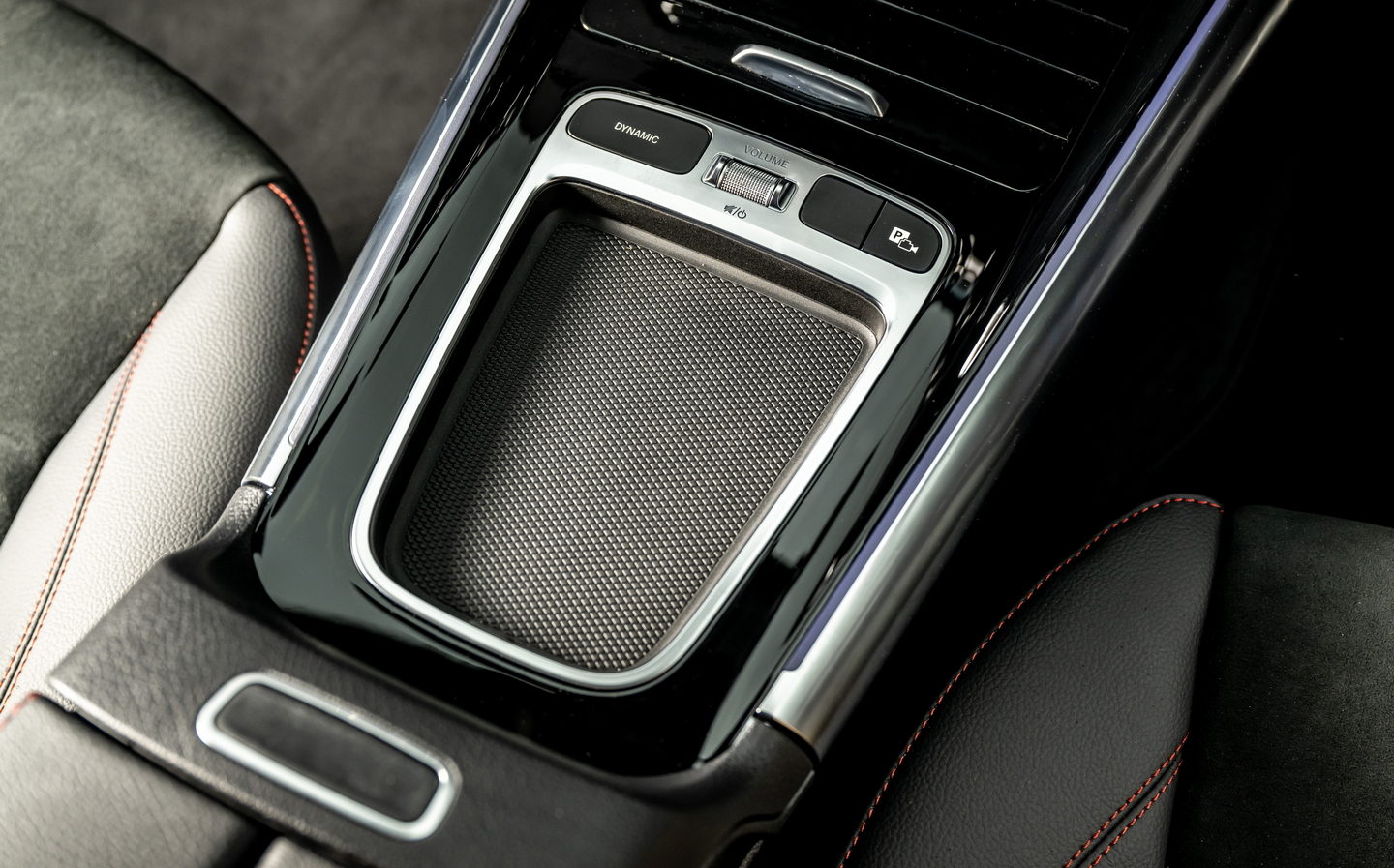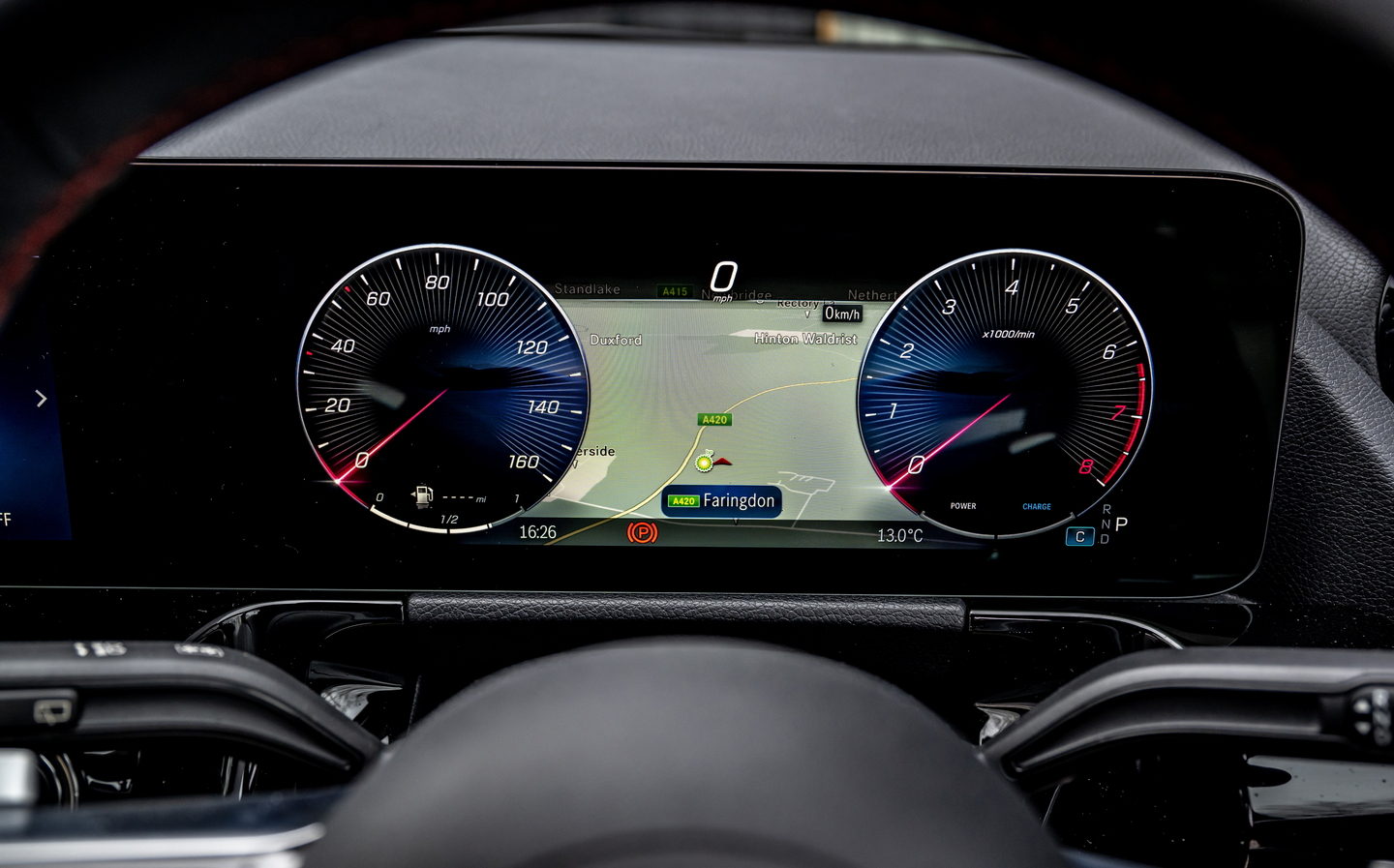Mercedes-Benz B-Class 2023 review: Last hurrah for Merc's compact people carrier
Buyers have given up on the small MPV
You’re looking at what is likely to be the final iteration of the Mercedes B-Class, certainly in the compact MPV (what we used to call people carriers) format that has characterised the car since it was first launched in 2005.
The third generation, which arrived in 2019, was a far more attractive-looking proposition, but the scarcity of direct rivals indicated perhaps that buyers were already over MPVs and choosing SUVs instead.
The boss of Mercedes, Ola Källenius has already confirmed that the firm is set to axe some of its smaller models as it instead focuses on profitability, and it’s widely expected that the B-Class will be among the to-be-discontinued nameplates. Though they’re both found in showrooms right now, the electric EQB, which features an SUV stance, is essentially the B-Class’s replacement.
Unsurprisingly then, it doesn’t appear that Mercedes has invested a fortune in this update, which is set to see it through the next few years. In line with other models in the range, the B-Class’s technology has been upgraded, the petrol engine receives electric assistance for increased efficiency, buyers have a few more options to consider and the cabin has more recycled material than before.
Exterior design and rivals

When someone points out the external changes to the B-Class it’s clear there was no budget in the update for sheet-metal changes. The distinctive radiator grille now features dinky little Mercedes three-pointed stars in place of simple dots, for example, though the biggest change is to the lighting.
Front and rear lamps use LEDs as standard, with restyled internals for a more modern appearance. Adaptive Highbeam Assist is now fitted to all versions of the B-Class, while the top-ranking model also gets MultiBeam LED technology that adapts to the road and traffic ahead to provide maximum illumination without dazzling other drivers.
The minimum wheel size is a 17in rim, with a tasteful 19in design fitted to the most expensive versions.
In terms of premium rivals, only BMW makes a compact MPV — in the shape of the 2 Series Active Tourer. Despite the updates to the B-Class, the BMW feels like a more modern machine.
Interior and practicality
One of the main reasons anyone would want a B-Class over an equivalent A-Class is the extra interior space, and that hasn’t changed. The B-Class has a notably higher seating position and much more headroom in all seats thanks to the high roof.
The cabin’s storage areas — such as the door pockets — are of higher capacity too.
Shared with the updated A-Class are revised seats that make more use of recycled material, but buyers are unlikely to notice that.

One of the only obvious design changes to the interior is found in the centre console, where a shallow hollow — not quite big enough for a modern smartphone, annoyingly — is found where there used to be a trackpad, wrist support and myriad shortcut buttons for the infotainment.
The new design is cleaner in appearance but some functionality has certainly been lost — and moved to the touchscreen.
In the back, there’s certainly more legroom than in an A-Class, despite the front and rear wheels being the same distance apart, though it’s a shame there isn’t more versatility in the seating arrangement. The seat backs split 40:20:40 to form a flat load space with the boot floor, but that’s about the end of the cleverness. Seems like a missed opportunity.

At least the rear hatch is electrically opened as standard — and the square-shaped boot holds 445 litres of luggage with the rear seats in use, or up to 1,530 litres when they are folded down.
Technology and safety
All B-Class buyers now benefit from the more impressive dual-10.25in screen setup, with customisable digital instruments in front of the driver and a touchscreen in the middle of the car, both contained within a single, slick-looking unit running the latest ‘MBUX’ software.
Owners of the pre-facelift B-Class will notice changes such as the option to choose Classic, Sport or Discreet appearances for the instruments, while the voice control system is better than ever, even recognising this writer’s Irish accent to set the navigation to the correct address.

Apple CarPlay and Android Auto are included as standard, but the proprietary system is so good we expect many to make use of it. It’s a shame that the touchscreen is a tad awkward to reach from the driver’s seat but it’s not such a problem once you master the touch-sensitive switchgear on the new steering wheel.
As we’ve seen elsewhere in the Mercedes line-up, the capacitive controls on the left side of the wheel operate the touchscreen and those on the right are for the instruments. The same applies throughout the B-Class range, though the entry-level Sport steering wheel looks decidedly ordinary next to the chunkier, flat-bottomed, double-stitched AMG alternative with its twin-spoke appearance.

This generation of the B-Class received top marks for safety from Euro NCAP when it was launched in 2019 and Mercedes has tweaked elements of the driving assistance technology to make its intervention smoother.
Engines, performance and economy
While plug-in hybrid power is available in other markets for the B-Class, as is four-wheel drive, British buyers get a simpler choice between a single petrol or a single diesel engine, always powering the front wheels via an automatic gearbox.
The B 200 features a turbocharged 1.3-litre petrol engine producing 161bhp. It also now gets 48-volt mild-hybrid assistance that can add up to 13bhp extra at times, while allowing coasting with the engine off at others.
It most noticeably helps when moving away from rest, and makes it quicker for the engine to fire up when the start-stop system operates. This engine is smooth and quiet when you’re ambling about but can sound strained if you try to replicate its 8.4-second 0-62mph time.

Because of its higher torque output, the diesel alternative — badged B 200 d — makes for smoother, more relaxing progress. Its 2-litre engine produces 236lb ft from just 1,400rpm, while the petrol engine’s 199lb ft of torque isn’t available until the rev counter’s needle swings much higher.
Sure, the petrol model is more powerful on paper, as the diesel engine can only muster 147bhp, but its 0-62mph time of 8.5 seconds is only a shade slower and at lower speeds (and revs) the diesel feels quicker for less effort, which means it’s quieter most of the time, too.
The official figures show that there isn’t a massive disparity between the petrol and diesel versions in terms of economy, but for the above reasons, the diesel is far more likely to get close to those numbers in the real world. The B 200 petrol model returns as high as 46.4mpg, while the diesel officially does up to 55.4mpg.
In our test drive of the B 200 d, which was over a mixed countryside route at various speeds, we saw an average of 54mpg on the trip computer, which suggests that it should easily exceed the official number — and be more at home than the petrol — at a gentle motorway cruise.
Ride and handling
The motorway is undoubtedly the natural habitat of the B-Class. There’s an air of quiet competence to the way it drives with little in the way of wind noise or excessive road roar, while the workings of the engine fade away into the background at a constant speed.
As with most German cars, designed with high-speed autobahn driving in mind, the B-Class is stable and comfortable at an elevated pace, allowing safe progress and composure even on rough surfaces.

Take the B-Class on a British B-road and it doesn’t lose that poise, as it’s quite a supple chassis. The steering is a little lifeless and there’s precious little feedback from the rest of the car to the driver, so it’s not one that buyers will relish driving, but there are few chinks in its armour, and we suspect that ‘competent’ will be enough for the target audience.
Pricing and on-sale date
The updated B-Class starts at £35,100 for the B 200 Sport Executive model, rising through AMG Line Executive and AMG Line Premium to the top-of-the range AMG Line Premium Plus model, which costs £42,650 in B 200 petrol guise. The B 200 d is £1,110 more expensive across the line-up.
All cars are quite well-equipped, though customisation of the trim lines beyond paint colour and seat upholstery is limited.
It’s worth noting that the BMW 2 Series Active Tourer line-up is more extensive, including a plug-in hybrid and an additional petrol option, plus it starts at a lower price and the cheapest petrol model is more powerful than the B 200.

Verdict: Mercedes B-Class review
Buyers’ apathy for compact MPVs such as the B-Class is rubbing off on the car makers, and the 2023 update from Mercedes won’t be enough to save this car from the onslaught of SUVs.
That said, the new model is as capable as ever, with a suite of useful upgrades enhancing the offering, so owners of the existing version will find reason enough to swap into the new model, even if the BMW 2 Series Active Tourer does it slightly better.
Related articles
- After reading our review of the updated Mercedes B-Class, you might be interested to see our review of the MG4
- Here are all the car makers’ electric car plans
- Or, check out the best luxury cars to buy in 2023
Latest articles
- F1 2025 calendar and race reports: The new Formula One season as it happens
- Seven great automotive events to visit this summer, from F1 to art and champagne
- Watch new Porsche 911 GT3 smash Nürburgring record for manual cars
- Skoda Elroq 2025 review: Czech carmaker can’t seem to miss with its electric family cars
- Five best electric cars to buy in 2025
- Should I buy a diesel car in 2025?
- Zeekr 7X AWD 2025 review: A fast, spacious and high tech premium SUV — but someone call the chassis chief
- Denza Z9GT 2025 review: Flawed but sleek 1,062bhp shooting brake from BYD’s luxury arm
- Extended test: 2024 Renault Scenic E-Tech review


































